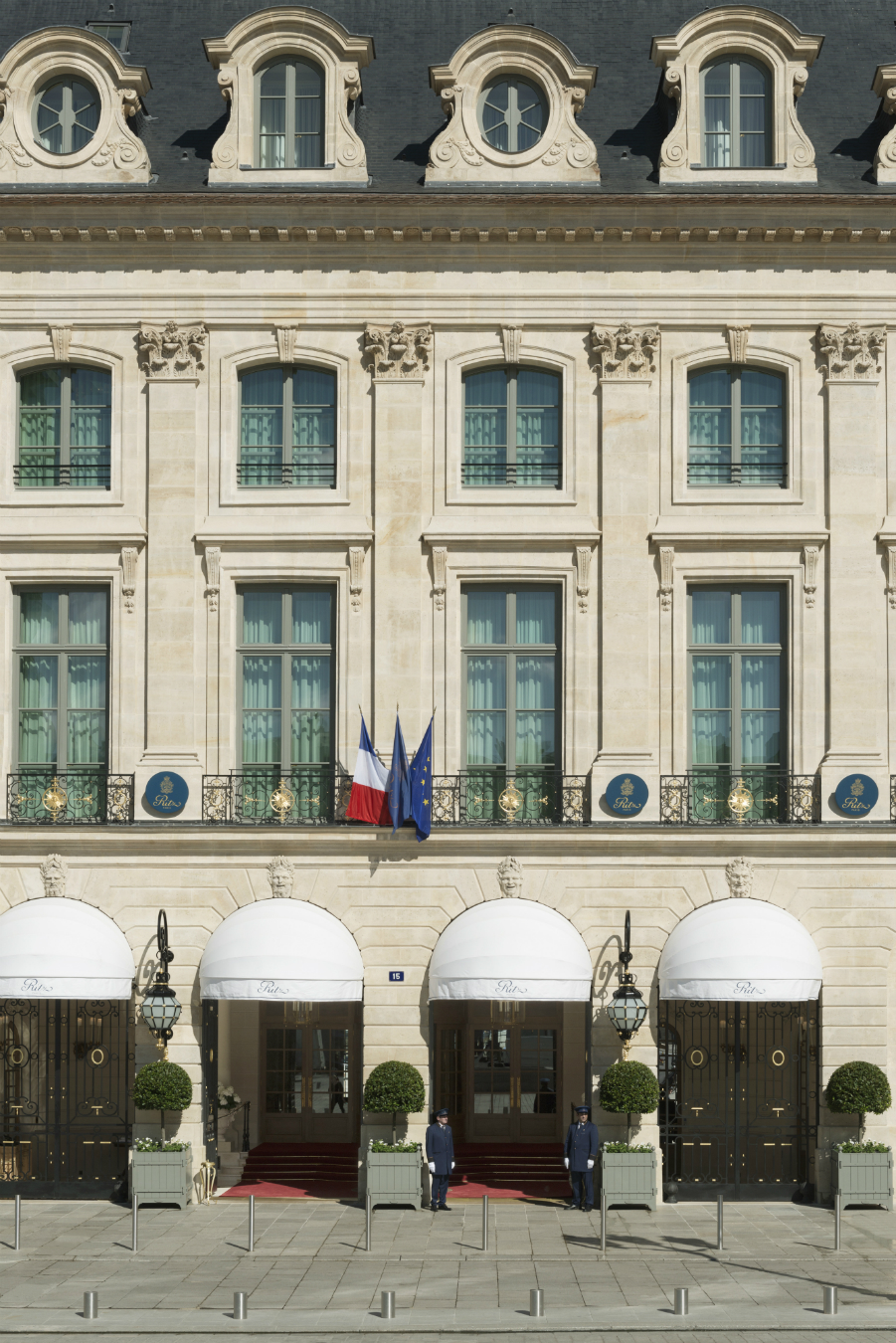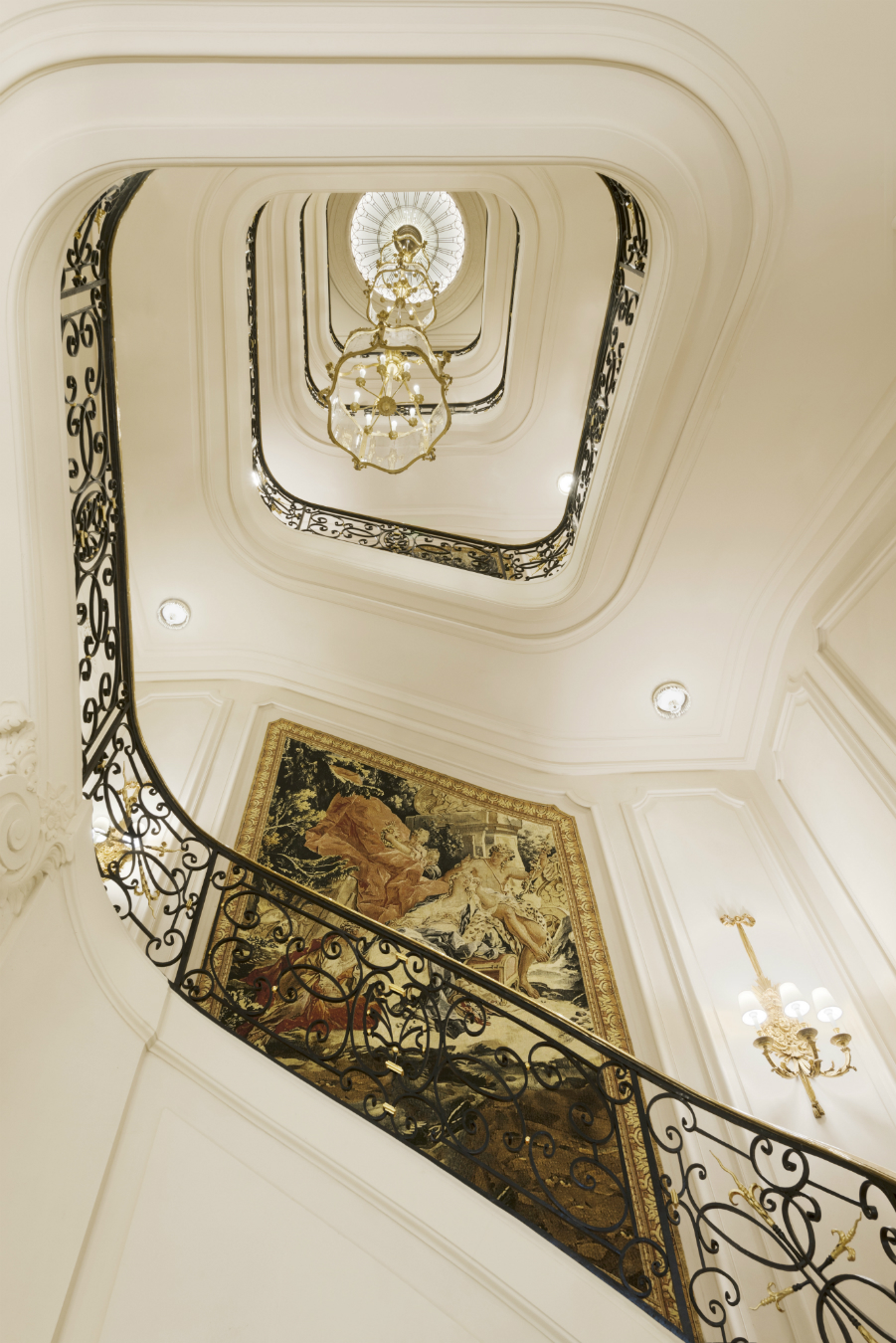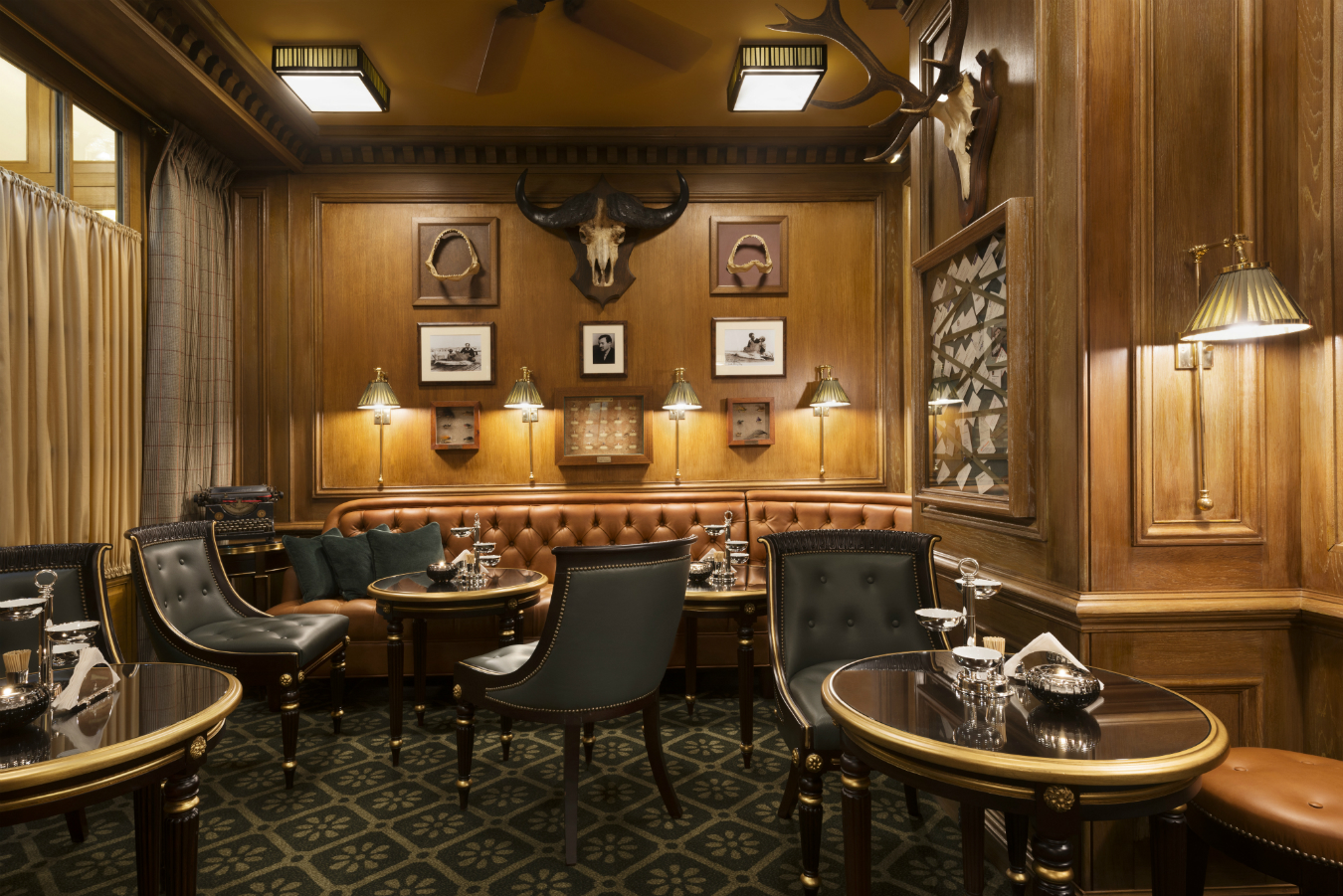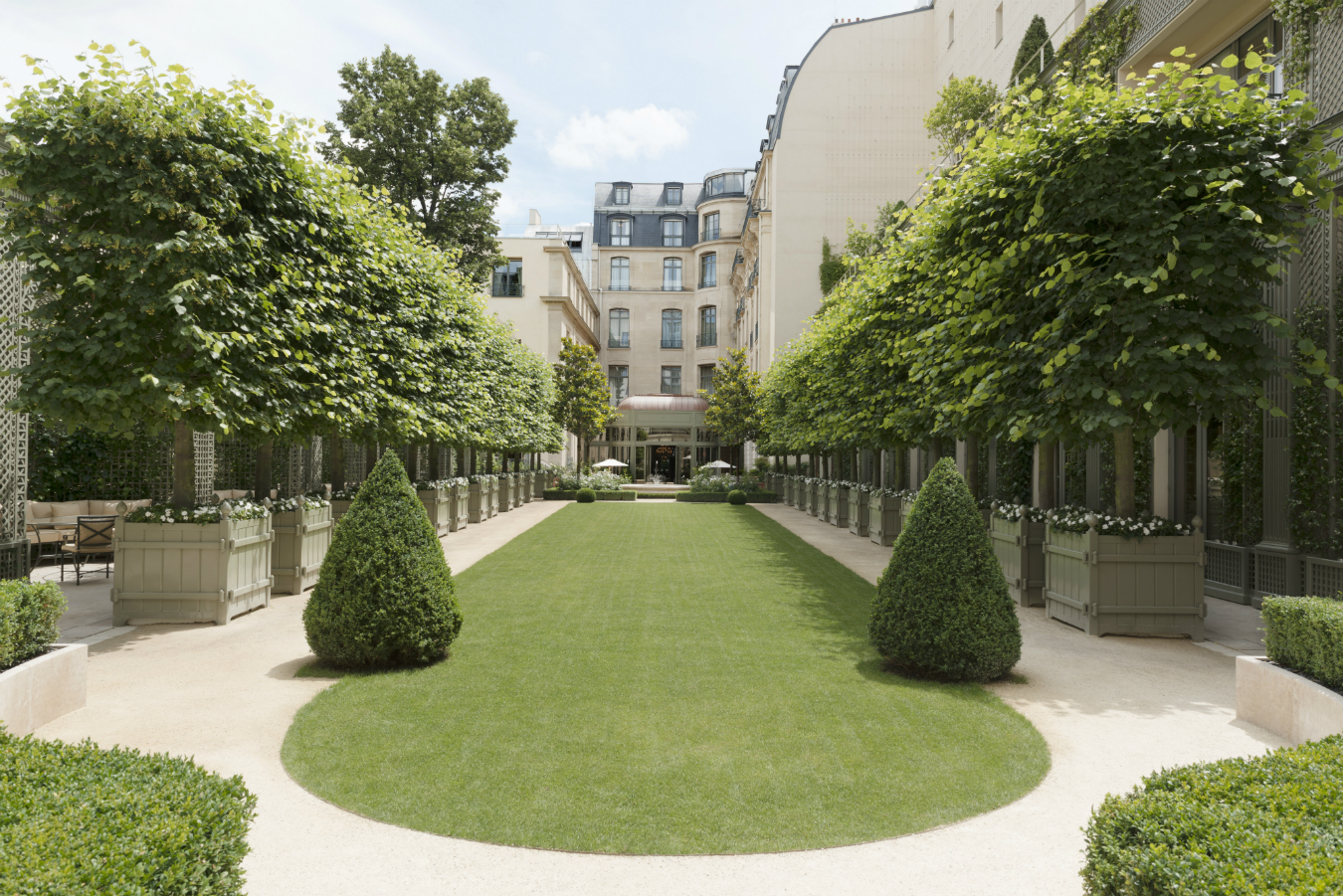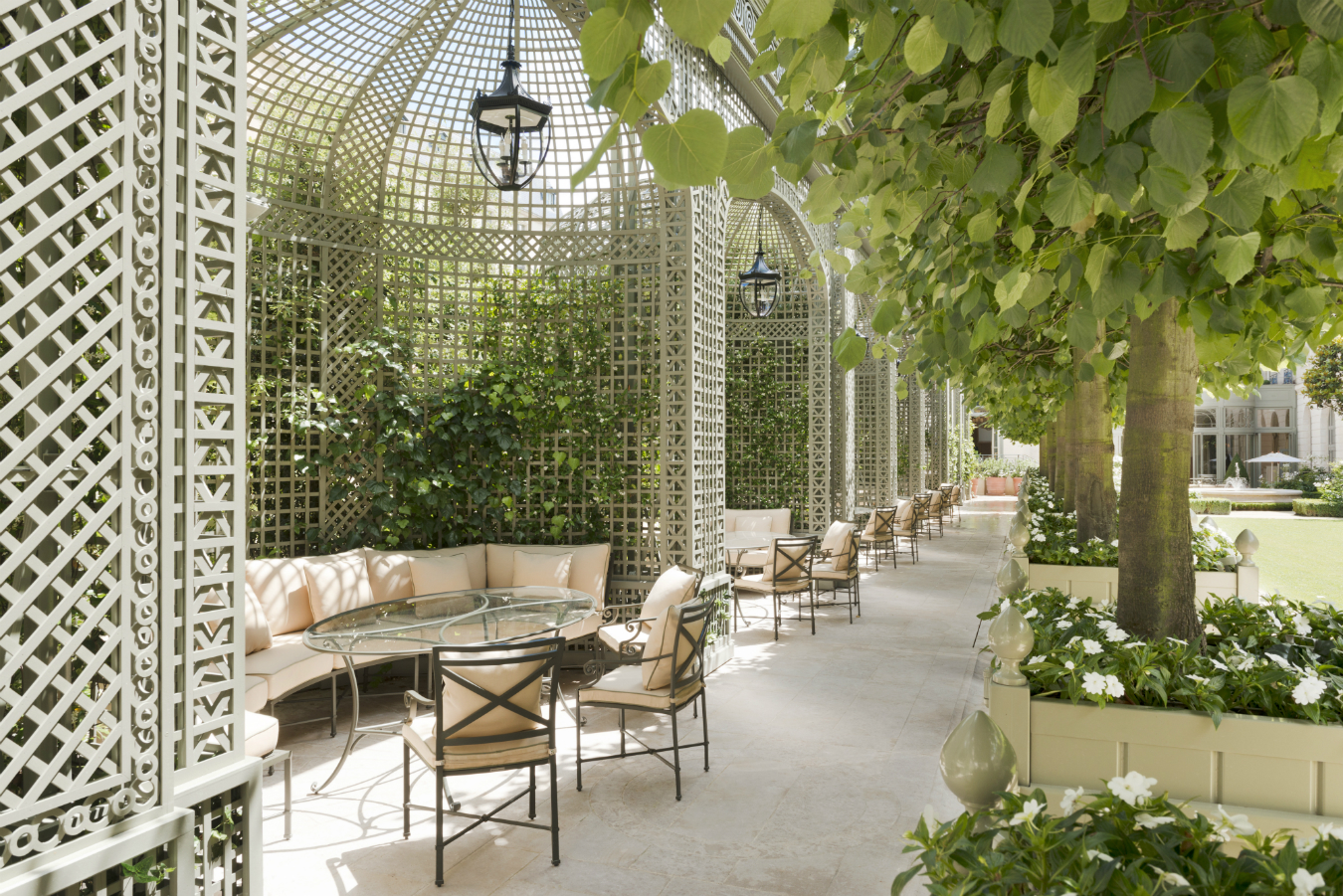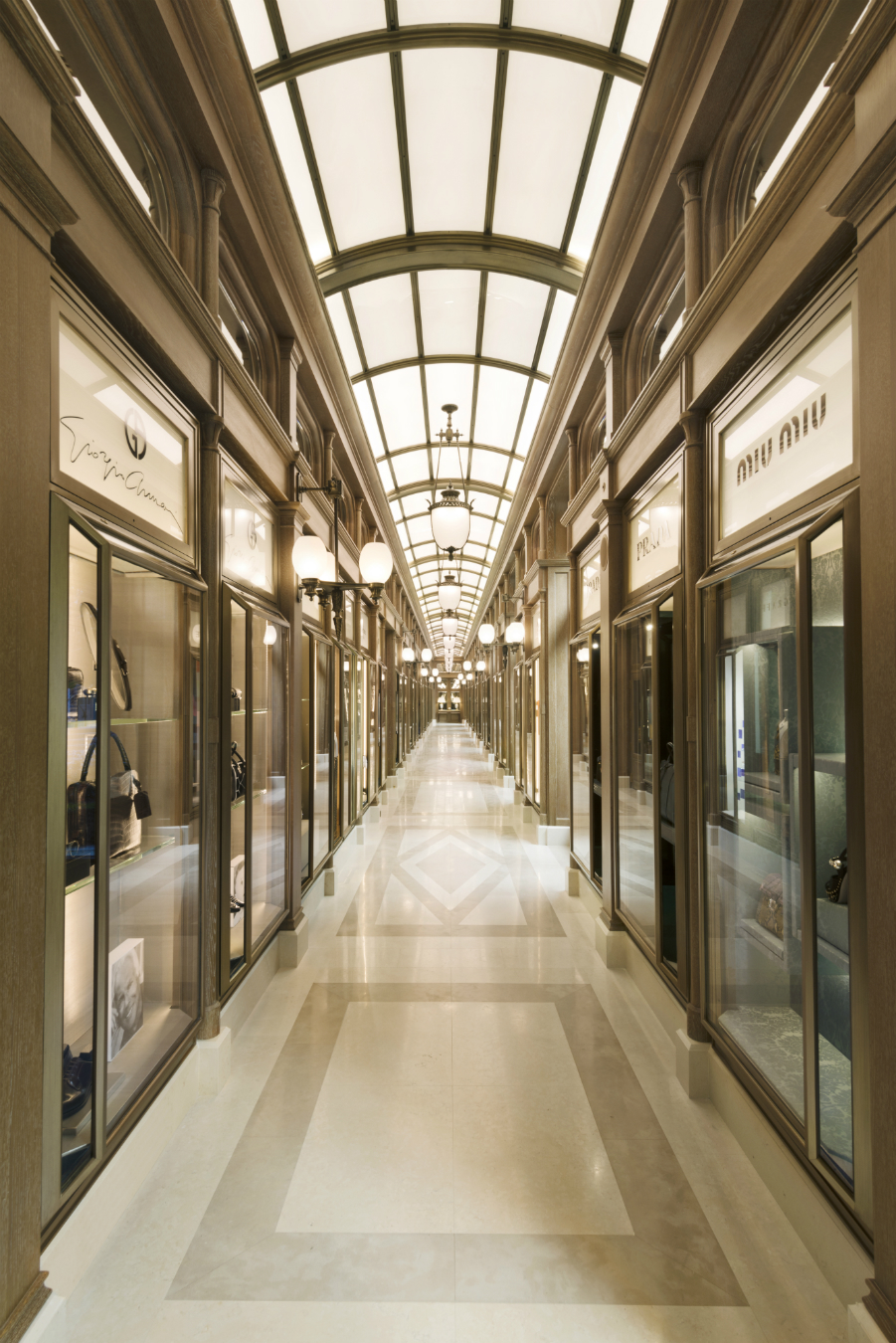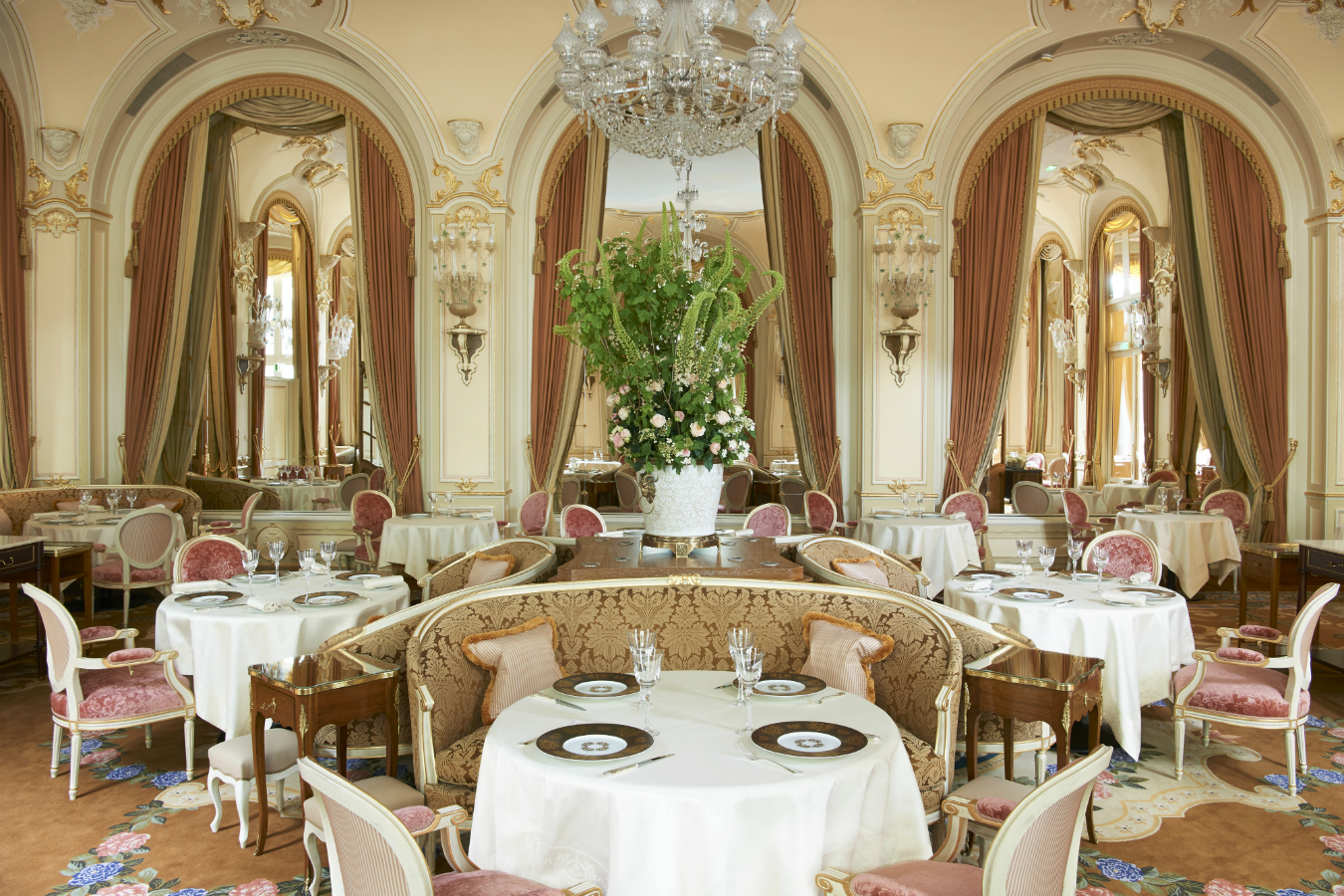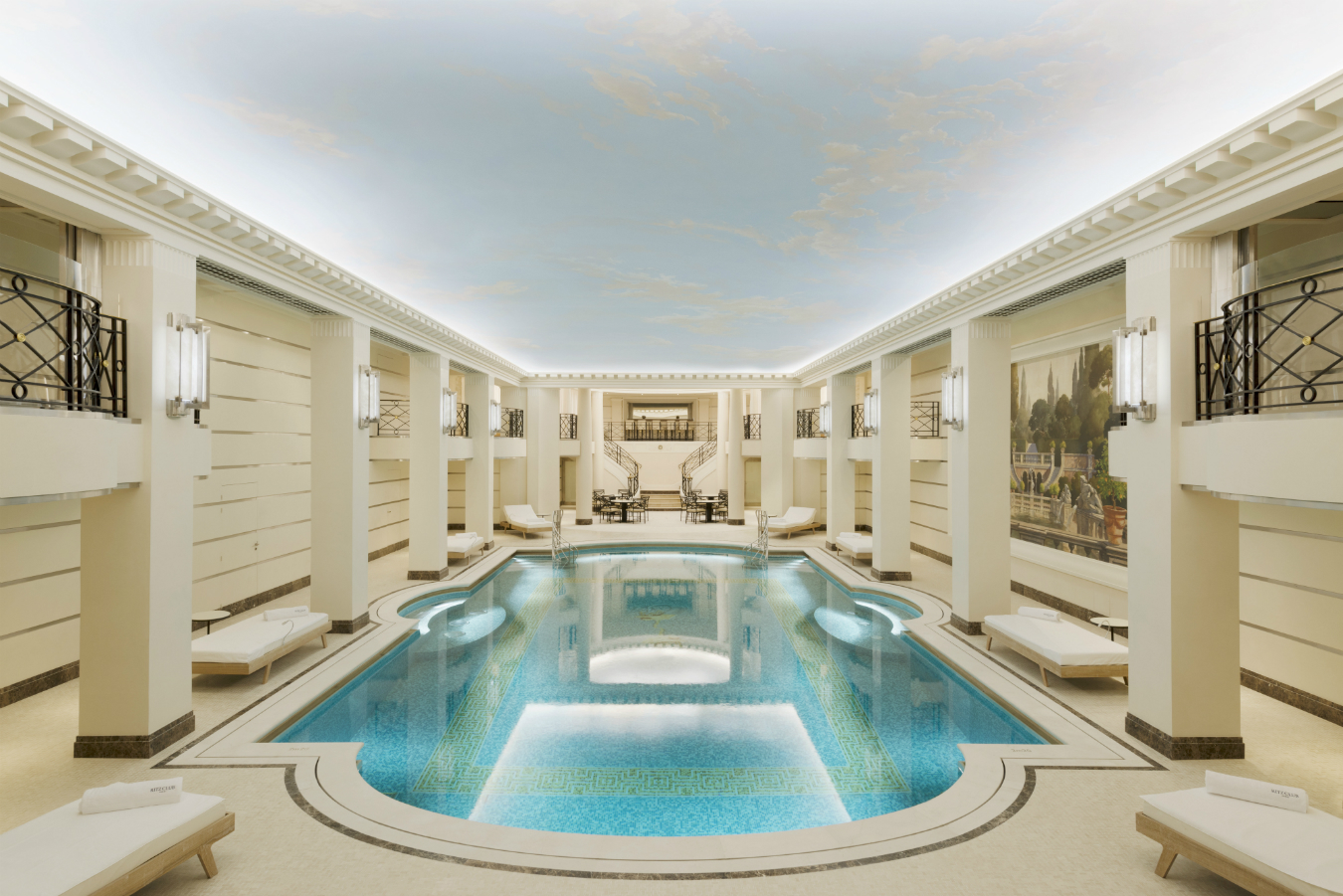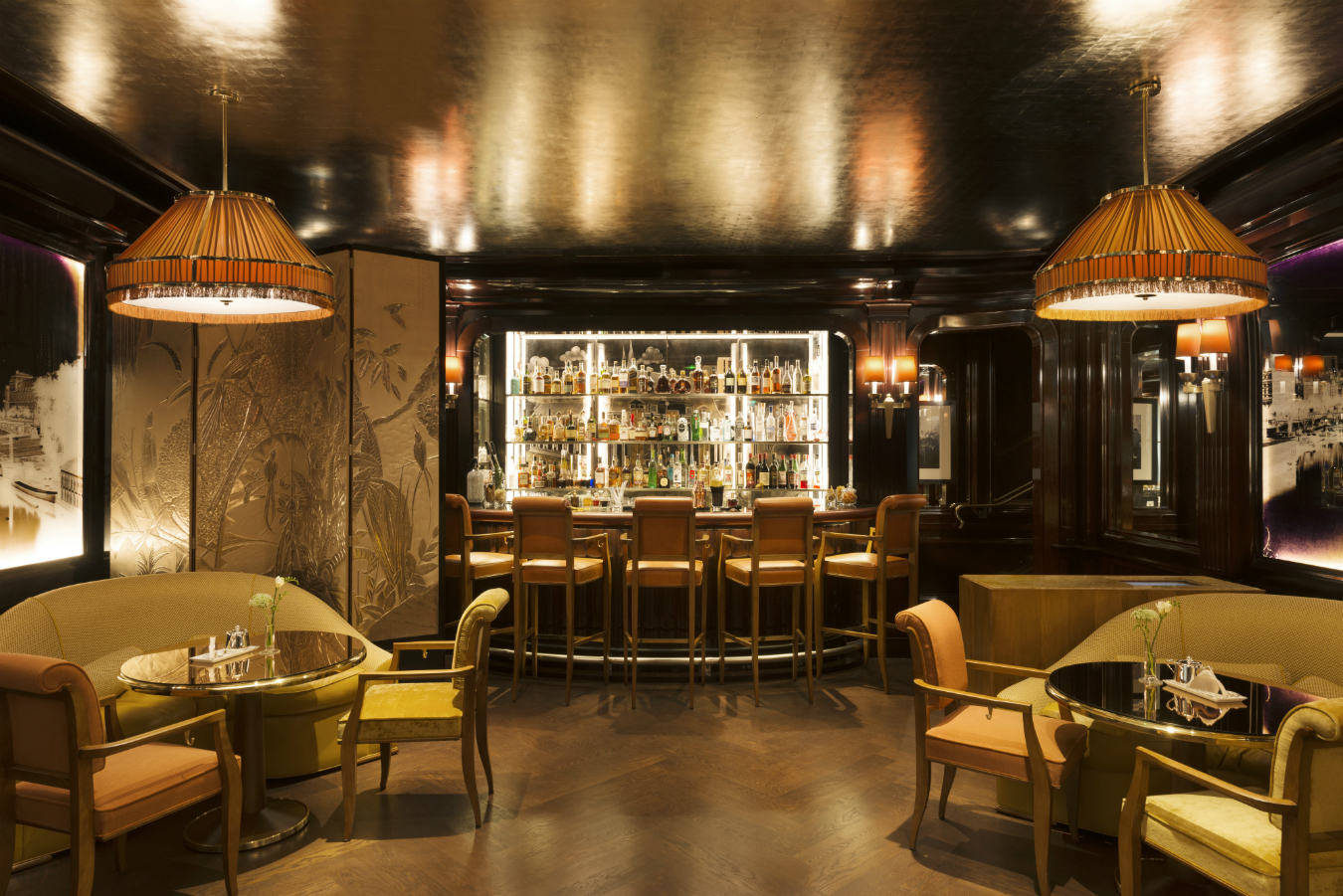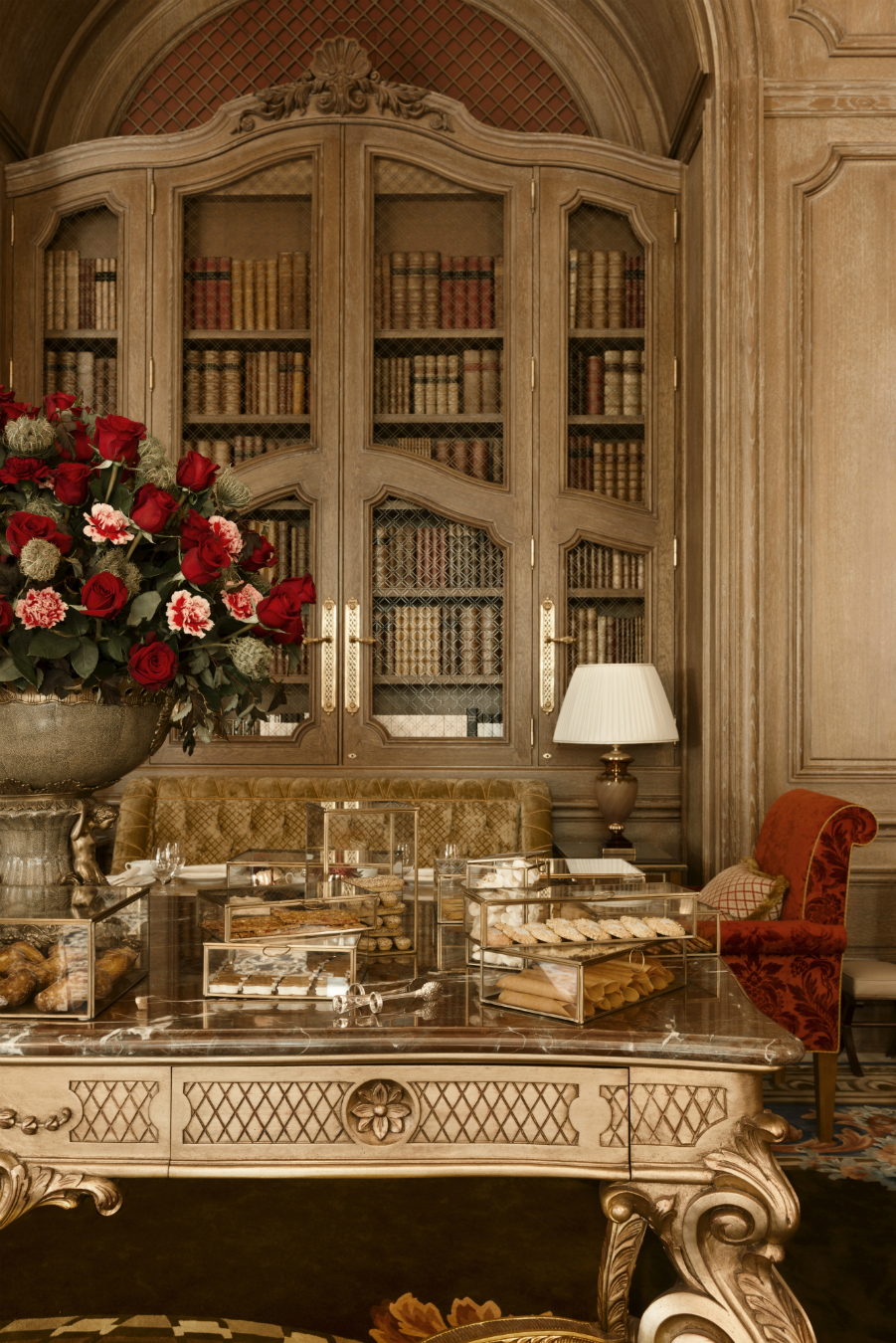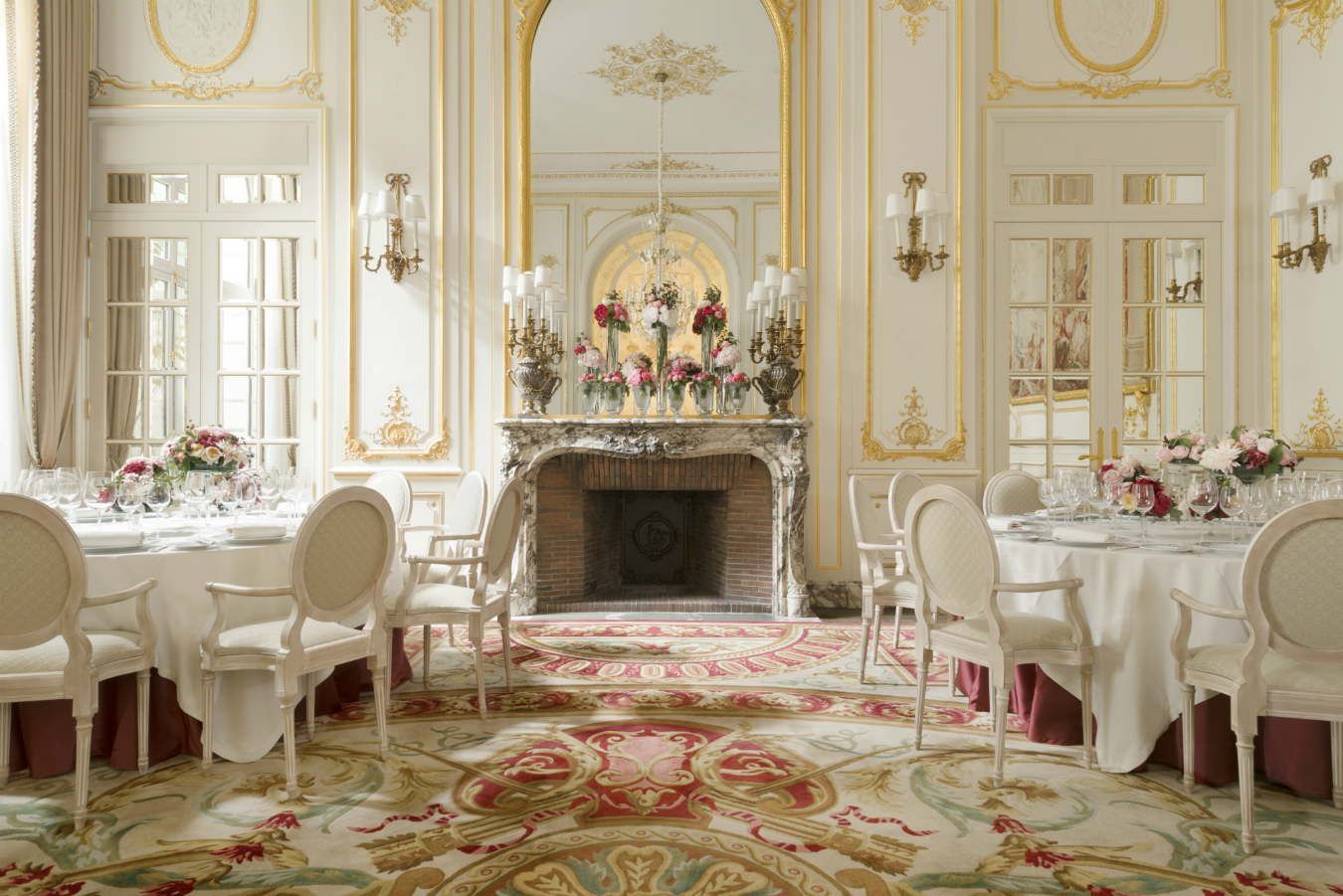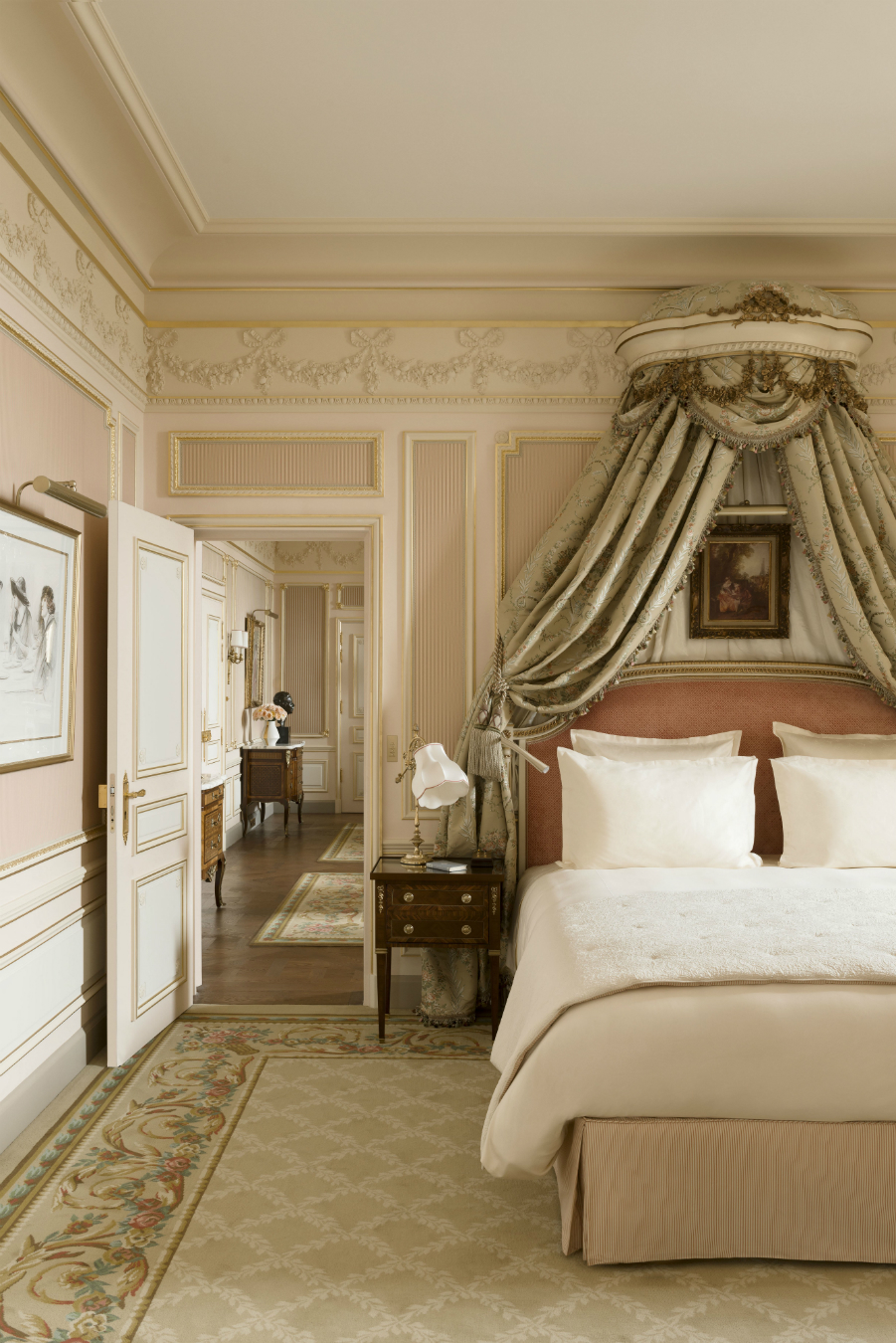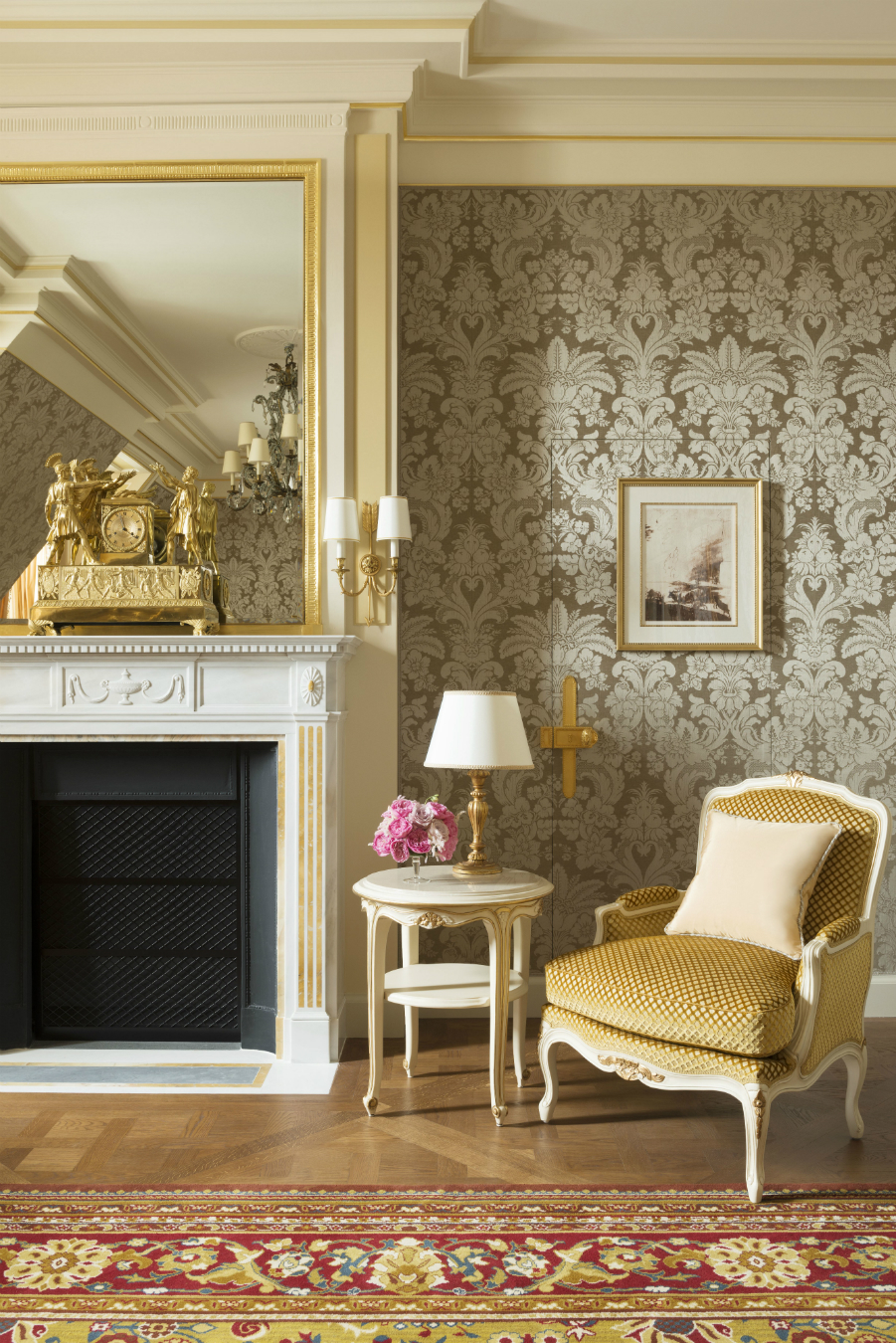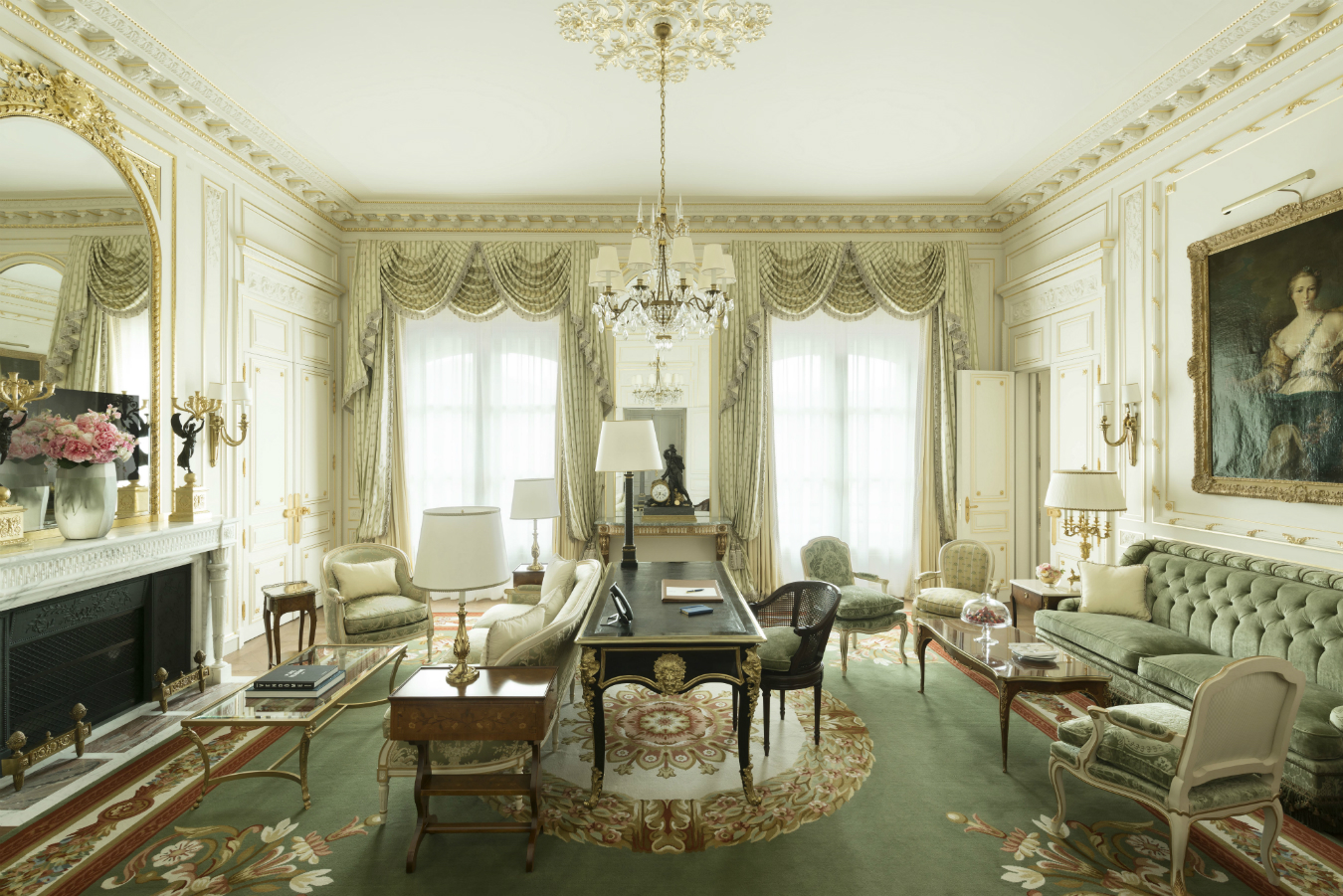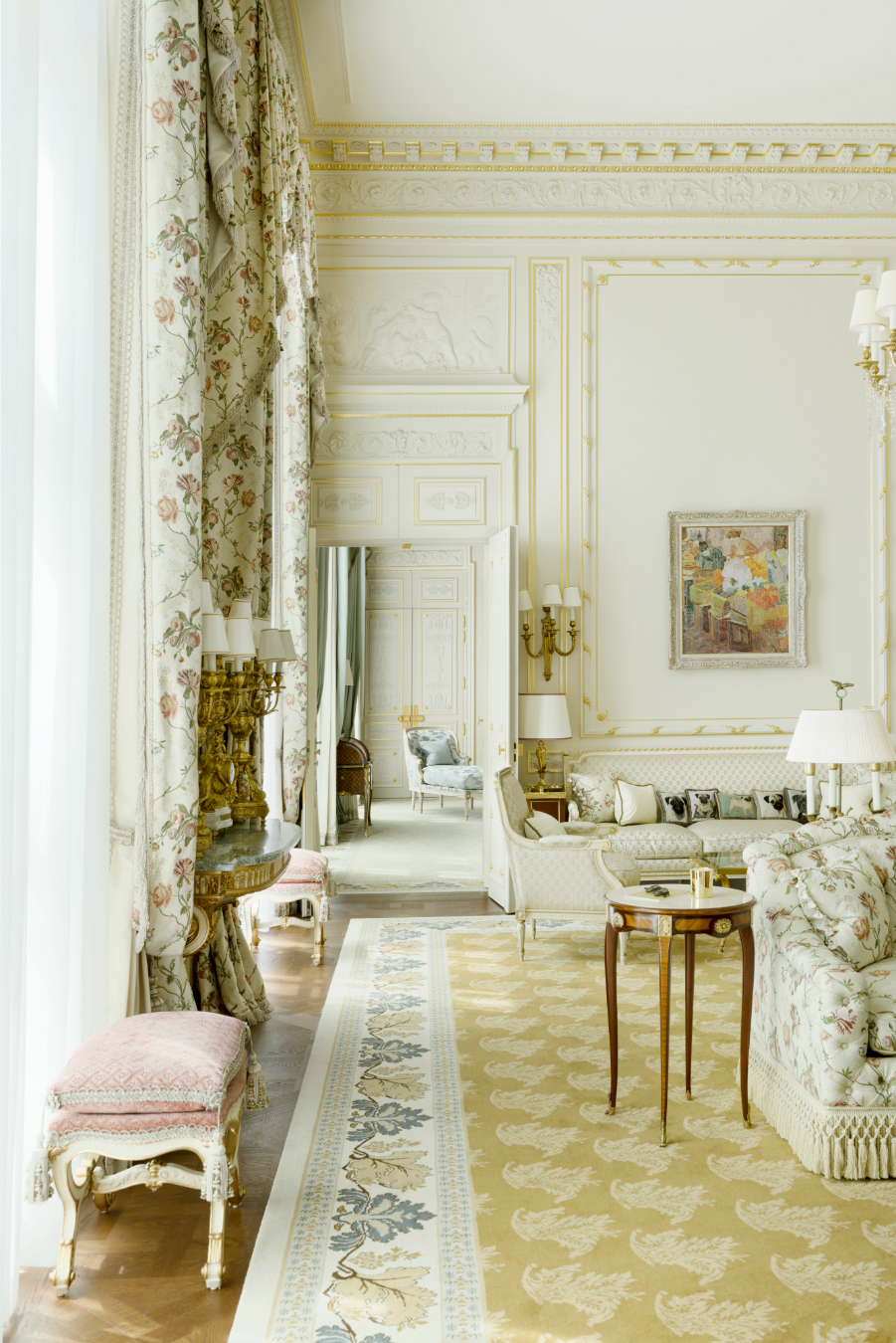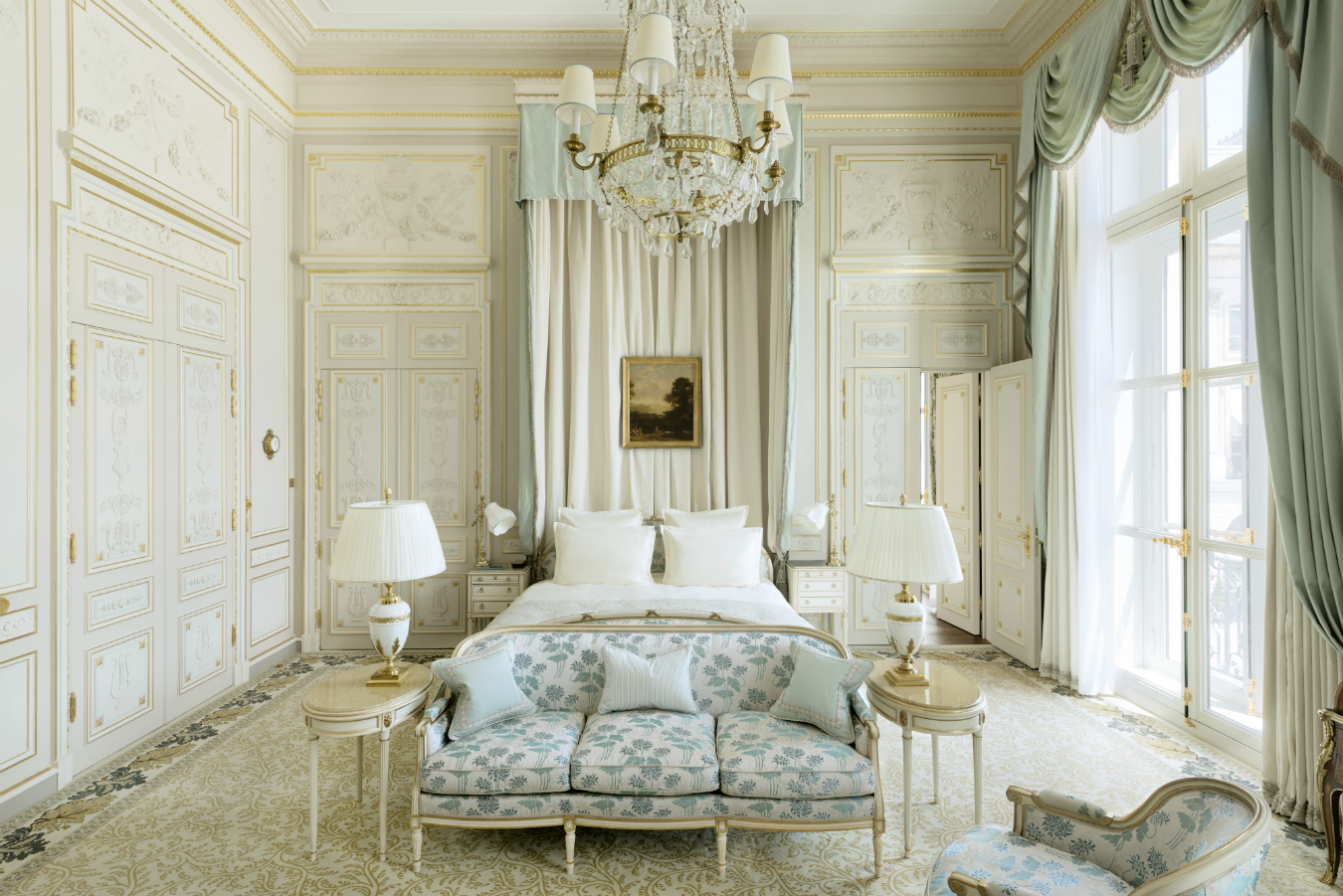Like other luminaries of his epoch, César Ritz redefined his industry. His very first hotel—opened in 1898 on Paris’s prestigious Place Vendôme—shattered expectations by offering an artful combination of unprecedented luxury and up-to-the minute technology. Every room came equipped with electricity, a telephone, and a bathtub—amenities which were unheard of at the time, and which worked in tandem with the hotel’s top-notch service, gourmet restaurant, and expansive, handsomely furnished rooms to create a self-contained oasis of opulence and comfort.
It’s no surprise, then, that the Ritz’s recent high-profile four-year renovation—the hotel re-opened its doors on June 6th, 2016—hasn’t strayed far from its original winning formula. Today, WiFi is ubiquitous and each room is outfitted with over two kilometres of cables to ensure the unobtrusive functioning of camouflaged televisions, heated floors, adjustable lighting, and the old-fashioned pull chains used to summon the service staff. And while the technology is all brand new, many would argue that, aesthetically, the grande dame herself has merely had a facelift. Owner Mohamed Al-Fayed, who purchased the hotel from César’s son, Charles, in 1979, has made a point of remaining loyal to the establishment’s lush signature style.
After closing on August 1st, 2012, the hotel’s furniture, light fixtures, curtains, and accoutrements were all removed from the Ritz over a period of 10 weeks to be either stored or restored by strategically-chosen top ateliers. Post-renovation, it is these pieces—ultimately the hotel’s only permanent residents—that make it feel whole again: the tulip lamps, Limoges-made Marthe porcelain by Haviland, and swan-shaped faucets, to name just a few. Indeed, 95 per cent of the original light fixtures, furniture, and fabrics have been restored to their original places.

Even the Ritz recognizes that sometimes less is more. The design firm hired for the project, New York-based Thierry W. Despont, reduced the number of rooms from 159 to 142, and redesigned them to optimize the use of space and light (César was always a keen advocate of copious natural lighting). Any disorientation to regular guests due to structural updates has been mitigated, however, by the meticulous reinstatement of the hotel’s decor.
The historic monument’s many common areas also benefitted from restructuring. The Grand Jardin was updated with astounding attention to detail: the garden features spacious greenery-bowered alcoves, along with a light grid underneath the lawn to prevent heels from sinking in. Newcomers of note include the Proust salon which, with its bookshelves, fireplace, and smoothly ambulating waiters, offers a leisurely afternoon tea service: a welcome addition to the Bar Hemingway’s legendary cocktails and l’Espadon’s upscale French fare. And an area dedicated to the art of Chanel skin care, the first of its kind in the world, has been added to the underground Ritz Club Paris.
A heady perfume—César’s own “Ambre”—wafts over hotel patrons as they practice the French art of flânerie in the lobby and Eartha Kitt’s rendition of “Let’s Do It” plays at just the right volume in the background. “Let’s do it / let’s fall in love,” the songstress purrs over the muted clink of glassware and mingled conversation from the nearby bar. And you know what? We do.
Visit our Travel section for more great hotels.
